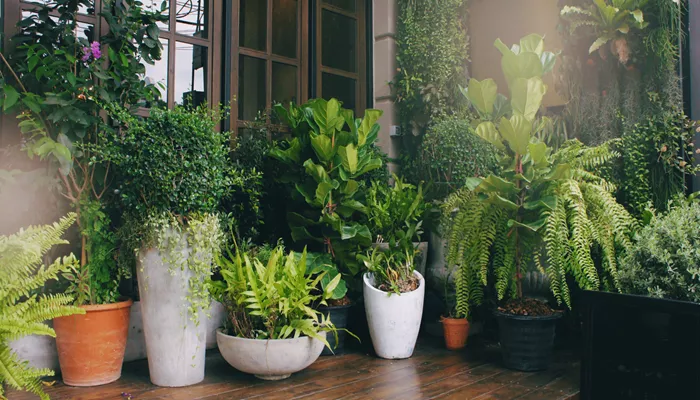As summer wanes, it’s not too late to prepare your garden for the harsh winter while keeping it vibrant. Some cold-hardy plants can still be planted until mid-September, ensuring a thriving garden even during the coldest months. Here are five resilient plants that will add color and life to your outdoor space throughout the winter.
1. Pansies: Brightening Winter with Color
Pansies are hardy perennial plants known for their remarkable cold resistance. Their winter blooms make them an excellent choice for adding a splash of color to your garden during the colder months. Available in a wide array of hues, from white to deep purple, yellow, and blue, pansies complement any garden style.
Planting Tips:
Choose a sunny or partially shaded spot.
Prepare rich, well-drained soil.
Space the plants 6 to 8 inches apart.
Water regularly until they are well-established.
Pansies are particularly valued for their extended flowering period, which can last from fall to the following spring under favorable conditions. They pair well with other lesser-known but beautiful flowers to create unique, long-lasting garden displays.
2. Cyclamen: Elegance in Winter
Cyclamen is a tuberous plant that blooms profusely in winter, with delicate, curved-petal flowers and marbled foliage that adds a decorative touch. While some cyclamen varieties are frost-sensitive, there are species well-suited for outdoor cultivation even in cold weather.
Planting Tips:
Select a shady or partially shaded location.
Ensure the soil is well-drained to avoid excess moisture.
Plant the tubers about 2 inches deep.
Mulch the soil to protect the roots from frost.
Cyclamen thrive in borders or clusters, forming beautiful flowering carpets throughout winter. They are relatively easy to grow, making them a great option for beginner gardeners looking to enhance their outdoor spaces during the colder months.
3. Hellebore: The Christmas Rose That Endures Cold
Hellebore, also known as the Christmas rose, is a perennial plant highly resistant to cold. Its winter blooms, which can start as early as December and continue into spring, make it a standout in winter gardens. Hellebore flowers, often white or pale pink, add a touch of elegance and delicacy to a snowy garden.
Planting Tips:
Choose a partially shaded spot, ideally under deciduous trees.
Prepare soil rich in humus and well-drained.
Space the plants 12 to 16 inches apart.
Water thoroughly after planting.
Hellebores are low-maintenance once established, forming magnificent beds or combining well with other shade-loving plants like ferns. Their evergreen foliage ensures a year-round presence, even when the flowers are not in bloom.
4. Mahonia: An Evergreen Shrub with Winter Blooms
Mahonia is an evergreen shrub that brings both structure and color to the winter garden. Its leathery, often thorny leaves resemble holly, while its clusters of fragrant yellow flowers brighten the garden from November to March. Some varieties also produce decorative blue berries.
Planting Tips:
Opt for a partially shaded or shaded location.
Prepare rich, slightly acidic soil.
Dig a hole twice the width of the root ball.
Water abundantly after planting and mulch the base.
Mahonia is particularly effective in adding structure to the winter garden. It can be used as a free hedge, at the back of a flowerbed, or as a standalone specimen. Its robustness makes it an excellent choice for gardens exposed to wind or situated at higher elevations.
5. Snowdrops: Harbingers of Spring
Snowdrops, or Galanthus, are small bulbous plants that bravely bloom in the heart of winter, sometimes even pushing through the snow. Their delicate white, bell-shaped flowers signal the coming of spring and add a poetic touch to the winter garden.
Planting Tips:
Select a partially shaded spot, ideally under deciduous trees.
Prepare soil rich in humus and well-drained.
Plant the bulbs about 2 inches deep and space them 2 inches apart.
Water lightly after planting.
By planting these five cold-resistant plants before mid-September, you can ensure a vibrant and colorful garden all winter long. This season is also ideal for other gardening activities, such as sowing turnips in autumn for a bountiful harvest. With a bit of planning and these hardy plants, your garden will remain a peaceful and beautiful haven, even during the coldest months of the year.


